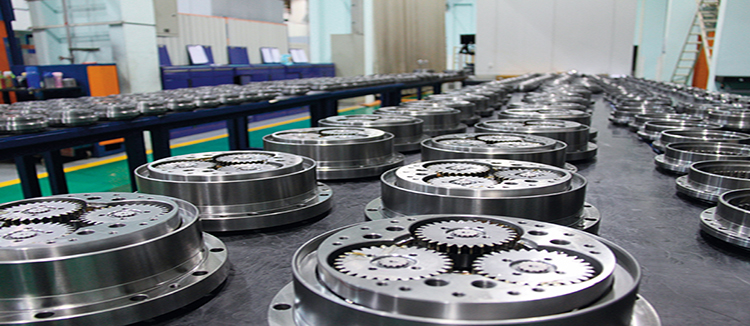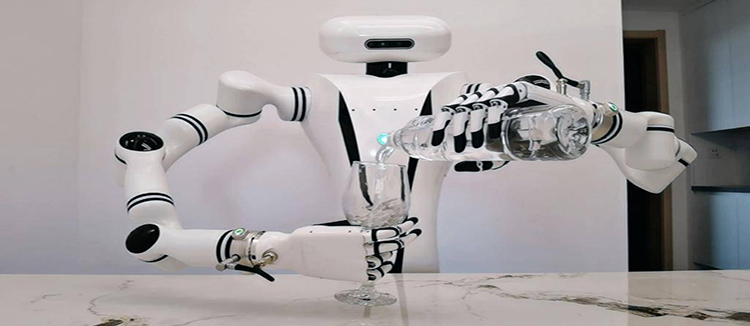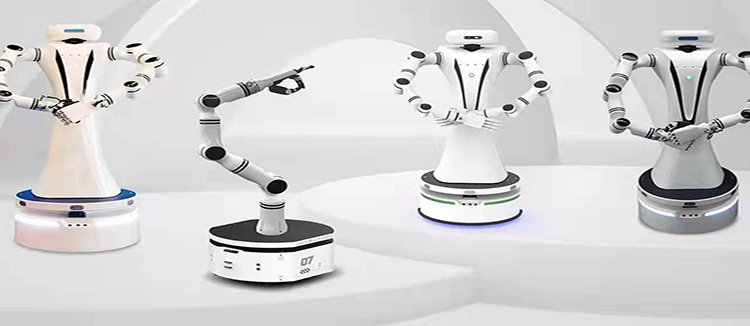Understanding the Role of Servo Drive in Modern Automation Systems
Servo drive technology has become an integral part of modern automation systems, playing a crucial role in controlling the precise movement of mechanical components. This article delves into the intricacies of servo drives, their applications, and the benefits they offer in various industries.

A servo drive, often referred to as a servo amplifier or servo controller, is an electronic device that converts the low-level control signals from a motion controller into high-level signals that drive the motor. These drives are designed to control the speed, position, or torque of a motor, which in turn controls the movement of a mechanical system. The precision and reliability of servo drives make them indispensable in applications requiring high accuracy and repeatability.
The heart of a servo drive system is the servo motor, which is a type of electric motor capable of responding to external control signals. When combined with a servo drive, these motors can achieve high levels of precision and control, which is why they are widely used in industries such as robotics, aerospace, automotive, and manufacturing.

One of the key advantages of using servo drives is their ability to provide precise control over the acceleration and deceleration of motors. This is particularly important in applications where rapid changes in speed are required, such as in high-speed packaging machines or in the movement of robotic arms. The servo drive ensures that these changes are smooth and controlled, reducing wear and tear on the mechanical components and increasing the overall lifespan of the system.
Another significant benefit of servo drives is their energy efficiency. By precisely controlling the motor's speed and torque, servo drives can reduce energy consumption compared to traditional motor control methods. This not only leads to cost savings but also contributes to environmental sustainability by reducing the carbon footprint of industrial processes.

Servo drives are also known for their versatility. They can be used with a variety of motor types, including AC, DC, and brushless motors, making them a flexible solution for different types of mechanical systems. Additionally, modern servo drives often come with built-in communication protocols, allowing them to be easily integrated into complex automation networks and controlled by a central control system.
In the context of automation, servo drives are essential for achieving high-speed and high-precision movements. For instance, in a manufacturing line, servo drives can control the movement of conveyor belts, robotic arms, and other components with millimeter accuracy. This level of precision is critical for maintaining product quality and consistency, especially in industries where small errors can lead to significant financial losses or safety risks.
Furthermore, the use of servo drives in automation systems can lead to increased productivity. By reducing the time it takes for machines to start, stop, and change direction, servo drives can help to minimize downtime and increase the overall efficiency of production processes.
As technology continues to advance, the capabilities of servo drives are also evolving. Newer models are becoming more intelligent, with built-in diagnostics and predictive maintenance features that can help to prevent failures and reduce maintenance costs. These advancements are making servo drives even more attractive for use in high-stakes automation applications.
In conclusion, servo drives are a critical component in modern automation systems, offering precise control, energy efficiency, and versatility. Their ability to enhance productivity and maintain high standards of quality makes them an essential investment for any industry looking to automate their processes and stay competitive in the global market.










